Mission Analysis
Overview
The Mission Analysis IPT is part of the Aerodynamics and Flight Dynamics Department and is mainly responsible for the study of the rocket trajectory and the optimization of the rocket aerodynamics. Each of these duties are run through internally developed scripts.
Another major task of ours is to evaluate the possible launch conditions by means of stochastic simulations, which are fundamental to determine whether external conditions are favorable and viable for take-off on Launch Day.
Furthermore, the team is in charge of maintaining and updating the public GitLab repository, called “MSA-Toolkit”, where all of our code is stored. We go to great lengths to constantly improve our code and have a more accurate and accessible simulator.
Medium-high Matlab skills are required, since all our code is developed from scratch, so we offer several Matlab workshops throughout the year.
ROCKET FLIGHT TRAJECTORY
Our main role is to accurately predict the rocket’s trajectory: a correct estimation of flight quantities like velocities, landing points and apogee are vital from the design process to the moments before the flight itself.
We run a series of stochastic simulations to have a reliable amount of data for different launch conditions, such as different launchpad elevations or different wind conditions, to ensure that every possible situation is analyzed.
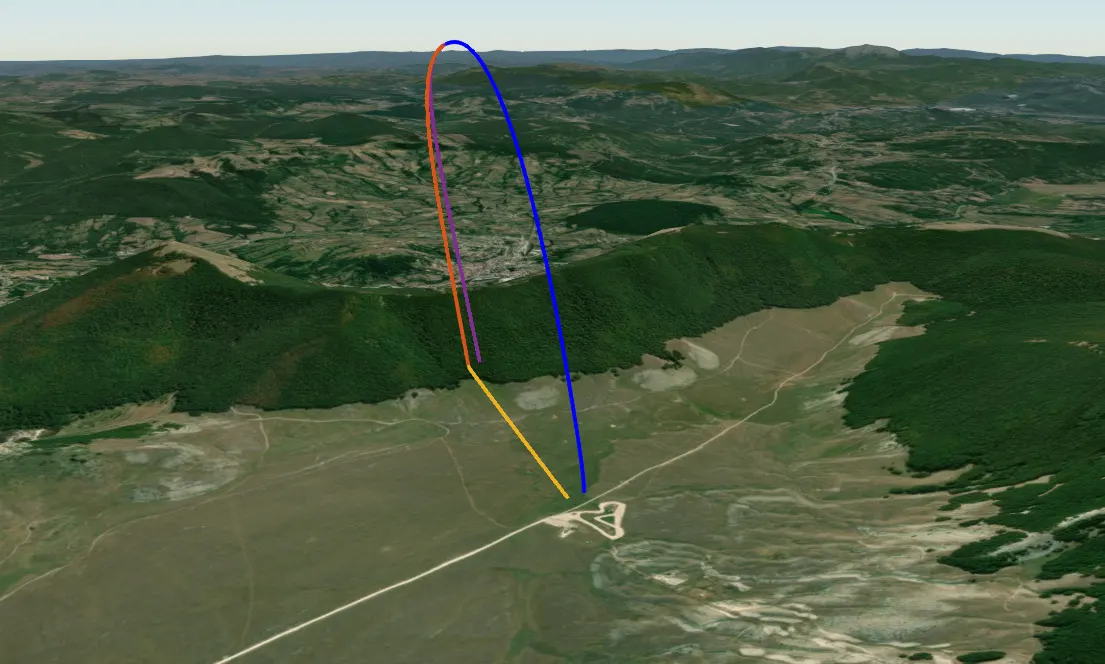
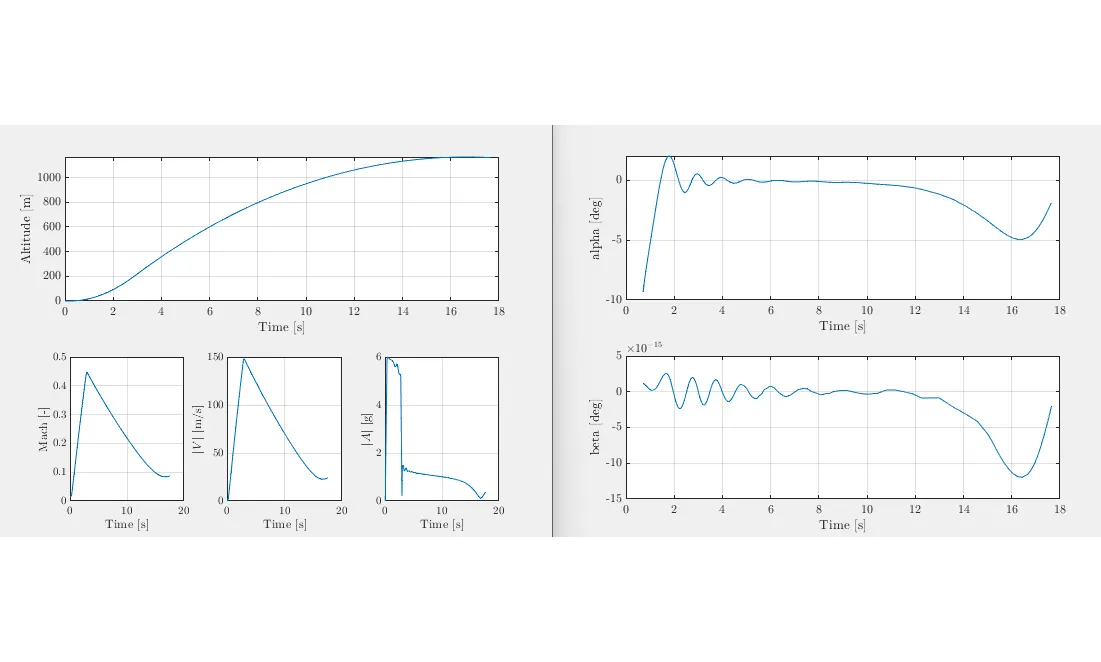
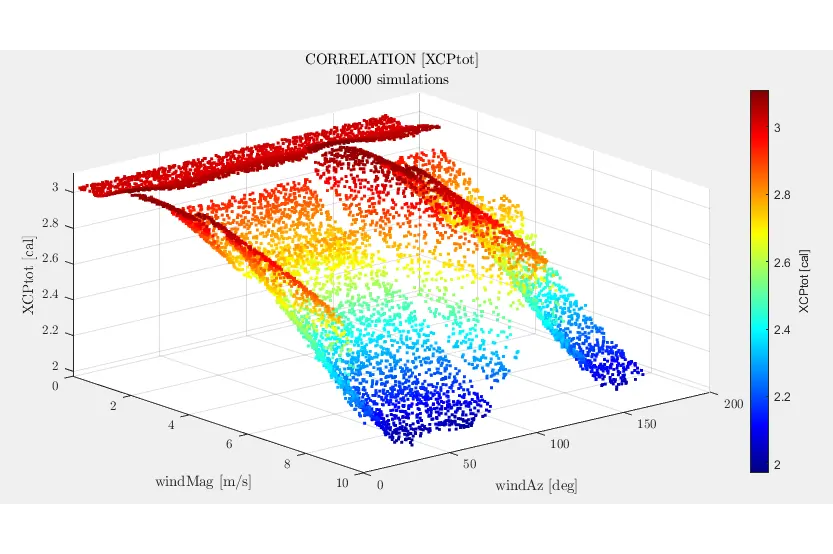
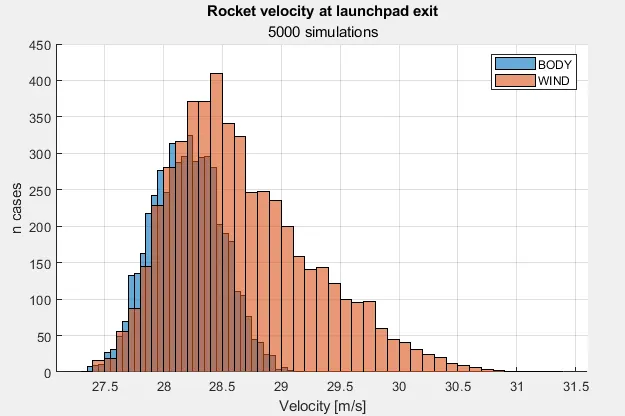
SENSITIVITY ANALYSIS
Our internally developed sensitivity analysis code allows us to study correlations between initial conditions and flight quantities, like static margin, apogee or structural stresses. This is achieved through a code that runs an arbitrarily large set of flight simulations with perturbed parameters.
AERODYNAMIC OPTIMIZATION
Another major task of our IPT is to aerodynamically optimize all rocket surfaces, therefore we have to evaluate different shapes and areas for the nose cone, fins and boat tail to determine the best choice that will result in a decrease of aerodynamic drag. This goal is accomplished by employing the genetic algorithm that evaluates a vast range of shapes and surfaces, to find the combination that works best.
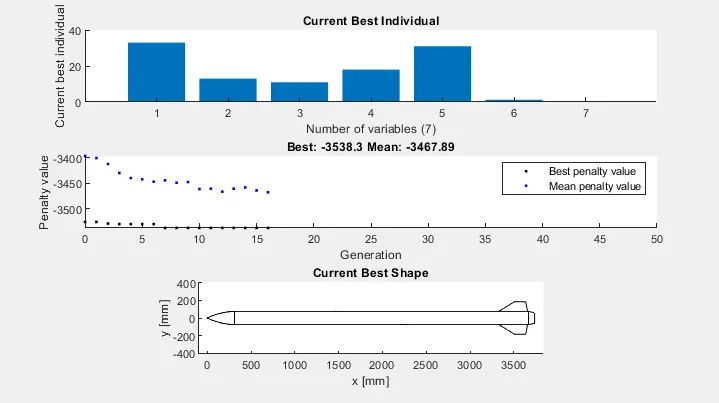
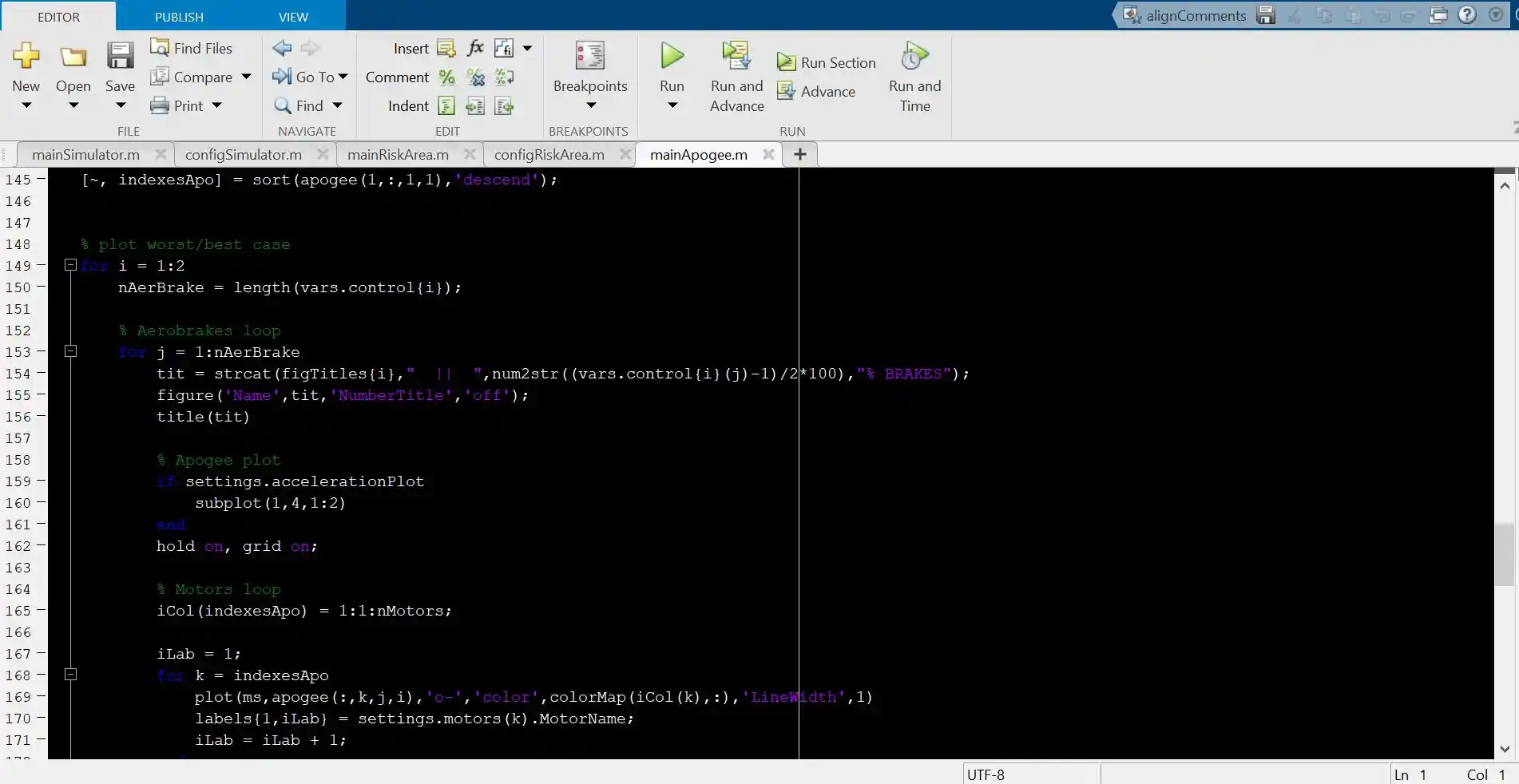
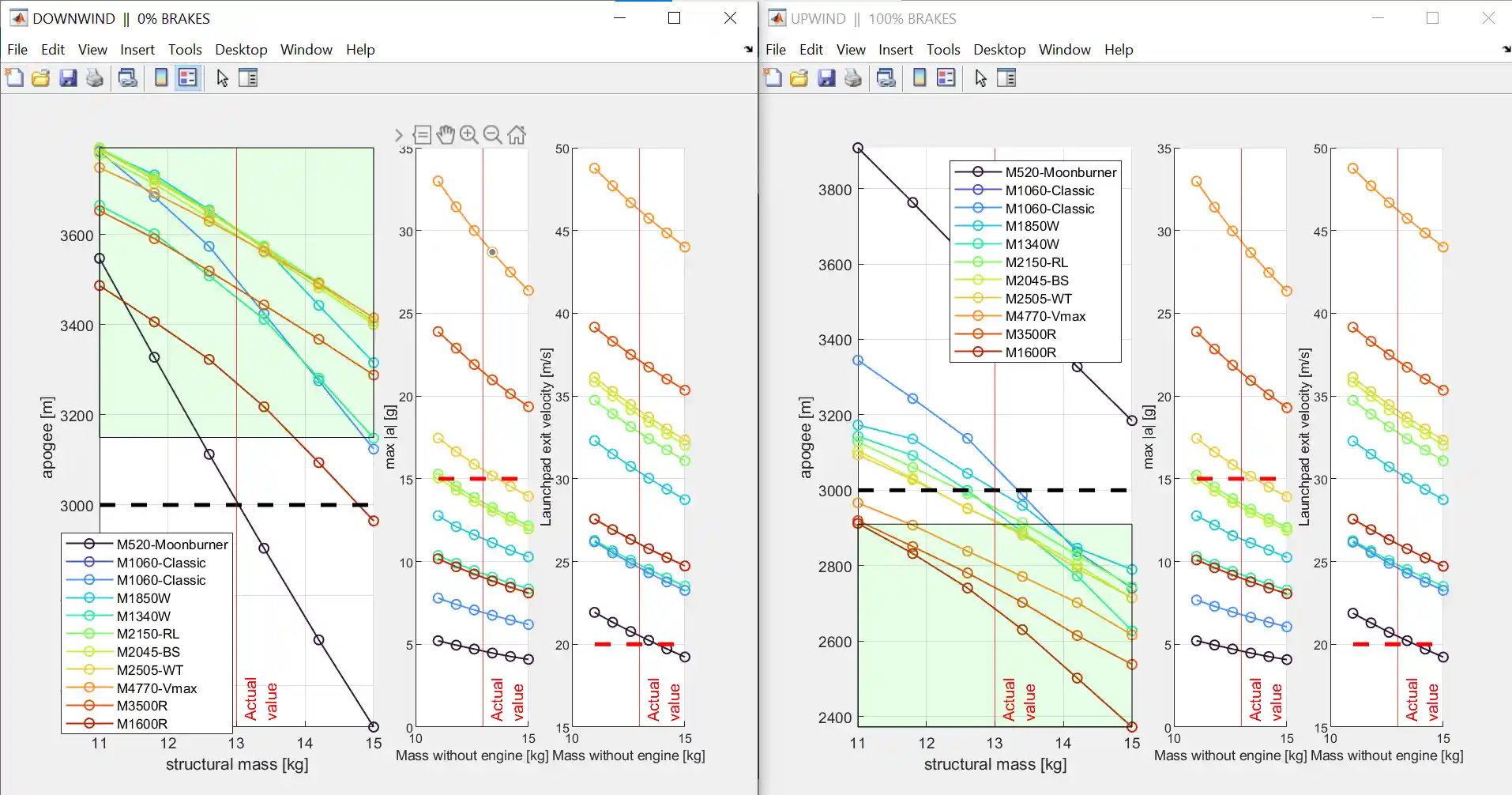
ENGINE CHOICE
If the project includes a COTS motor, to successfully reach our target apogee we have to determine the correct engine choice among a variety of possibilities. During the design process the rocket mass still has a level of uncertainty, therefore to choose the best engine we have developed a code which allows us to set a range of possible masses and calculate the reachable apogee accordingly as a function of the engine choice.